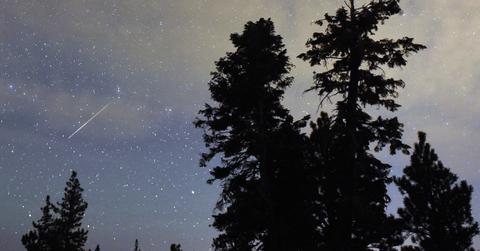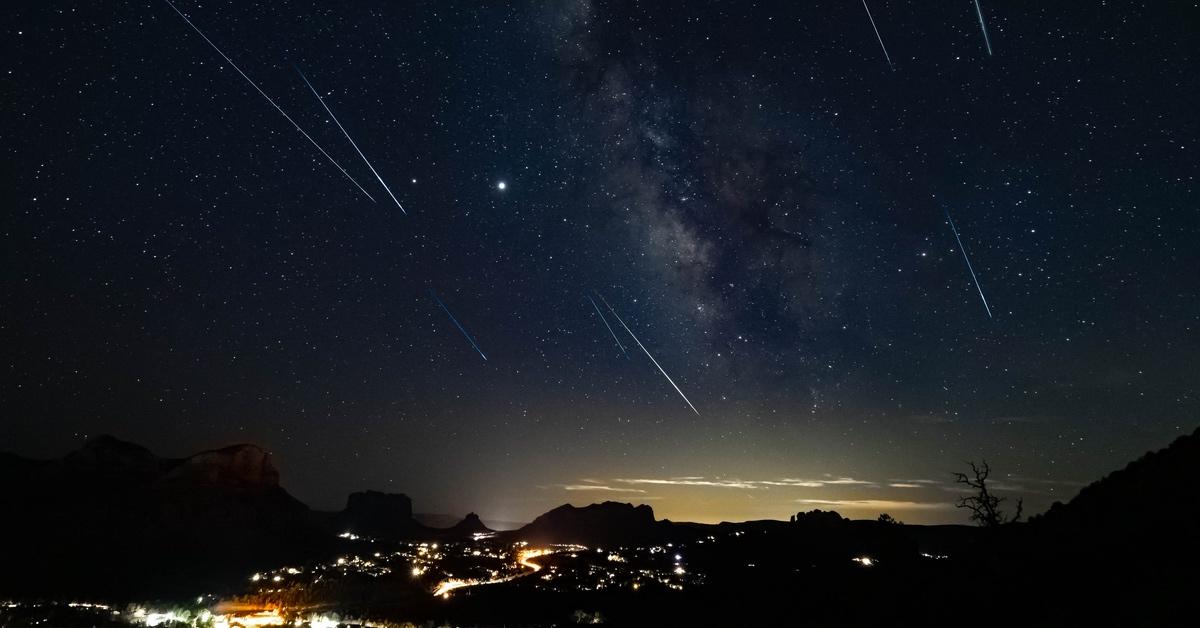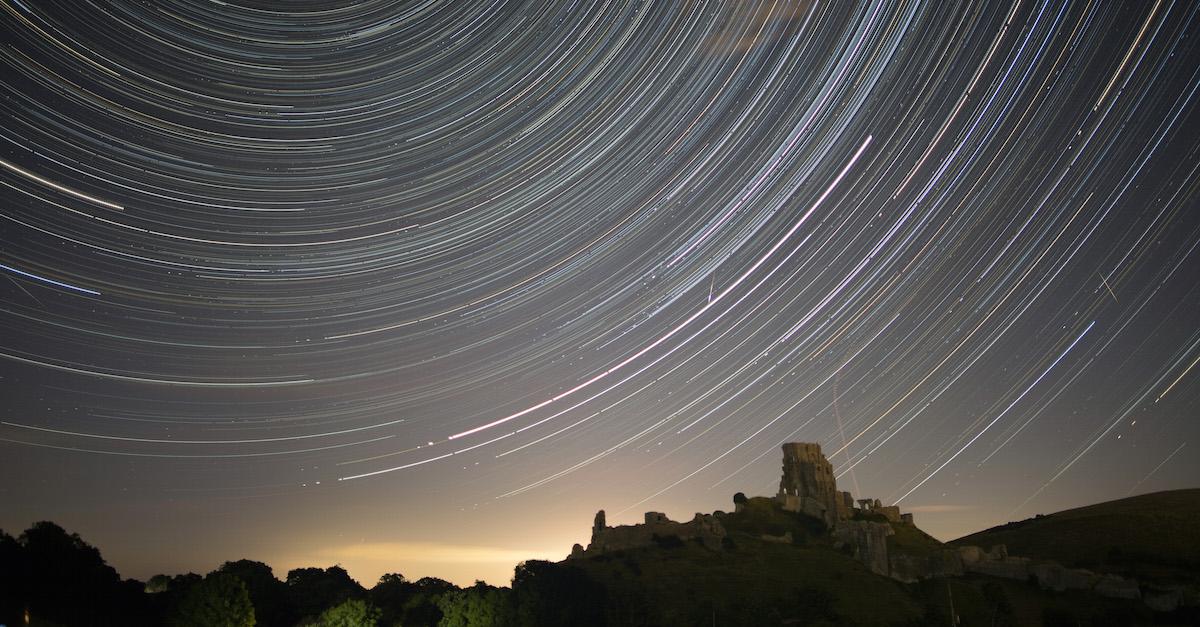The Perseid Meteor Shower: When You Can See It, Where to Watch It, and More
NASA considers the Perseid meteor shower to be the "best meteor shower of the year."
Updated Aug. 12 2024, 10:43 a.m. ET

These truly unbearable heat waves are making most of us resent the summer season, but alas, it seems as though Mother Nature is giving us a reason to love it again. Through mid-August, the Perseid Meteor Shower will be visible to astronomy-loving spectators on planet Earth, making for a free-of-charge, screen-free form of nightly entertainment.
Luckily, to enjoy this incredible phenomenon, no scientific knowledge is required. Keep reading for everything you need to know about how to watch the Perseids, how long the meteor shower lasts, and more.

How to watch the Perseid Meteor Shower:
Although many celestial happenings — like the strawberry moon — only stick around for one night or so, the Perseid meteor shower is blessing us with astronomical views for over a full month. The shower officially started on July 14, and is expected to continue through Sept. 1, according to EarthSky.org.
The peak of the showers will take place in mid-August, specifically, the evening of Aug. 11, 2024, into the morning of Aug. 12, per USA Today. However, if you're worried you missed out, never fear: the American Meteor Society says the meteor shower will still be at its peak the evening of Aug. 12.
If you tend to go to sleep early, the showers sadly won't work out in your favor, as NASA says the place and time for viewing is in the Northern Hemisphere "during the pre-dawn hours."
However, they can sometimes be spotted as early as 10 p.m. — they just aren't quite as visible as they are at the wee hours of the evening. If you're an early riser, though, the meteors are also sometimes visible just before dawn, if you're lucky.
The best way to see it in-person will be away from light pollution, and contrary to popular belief, you'll see the shower better without binoculars or a telescope.
If you cannot see the Perseid meteor shower in person, thankfully, some outlets have created free livestreams of the event, such as Space.com's stream courtesy of the Virtual Telescope Project.

What you can expect to see during the Perseids Meteor Showers:
The Perseid Meteor Showers are famous for its glorious "fireballs," according to NASA. These are effectively large, colorful explosions, that leave behind "wakes" of streaking lights and colors. You can expect to see about 50 to 100 meteors per hour, which are traveling at about 37 miles per second.
The Perseids were named after the constellation Perseus, according to People, and they were first discovered in 1862 by two well-respected astronomers: Lewis Swift and Horace Tuttle, of the famous Tuttle telescope. The meteors are all part of a larger comet, 109P/Swift-Tuttle, which orbits the sun every 133 years.
If you're a sucker for astrology, you may want to read up on how the meteor shower will affect your sign. As per Well + Good, meteor are symbolic of beauty rising from ashes, and they affect each zodiac differently. So in addition to securing a quality camera and tripod for those sick celestial pics, you'll probably want to prepare accordingly.
This article, originally published on July 15, 2021, has been updated.